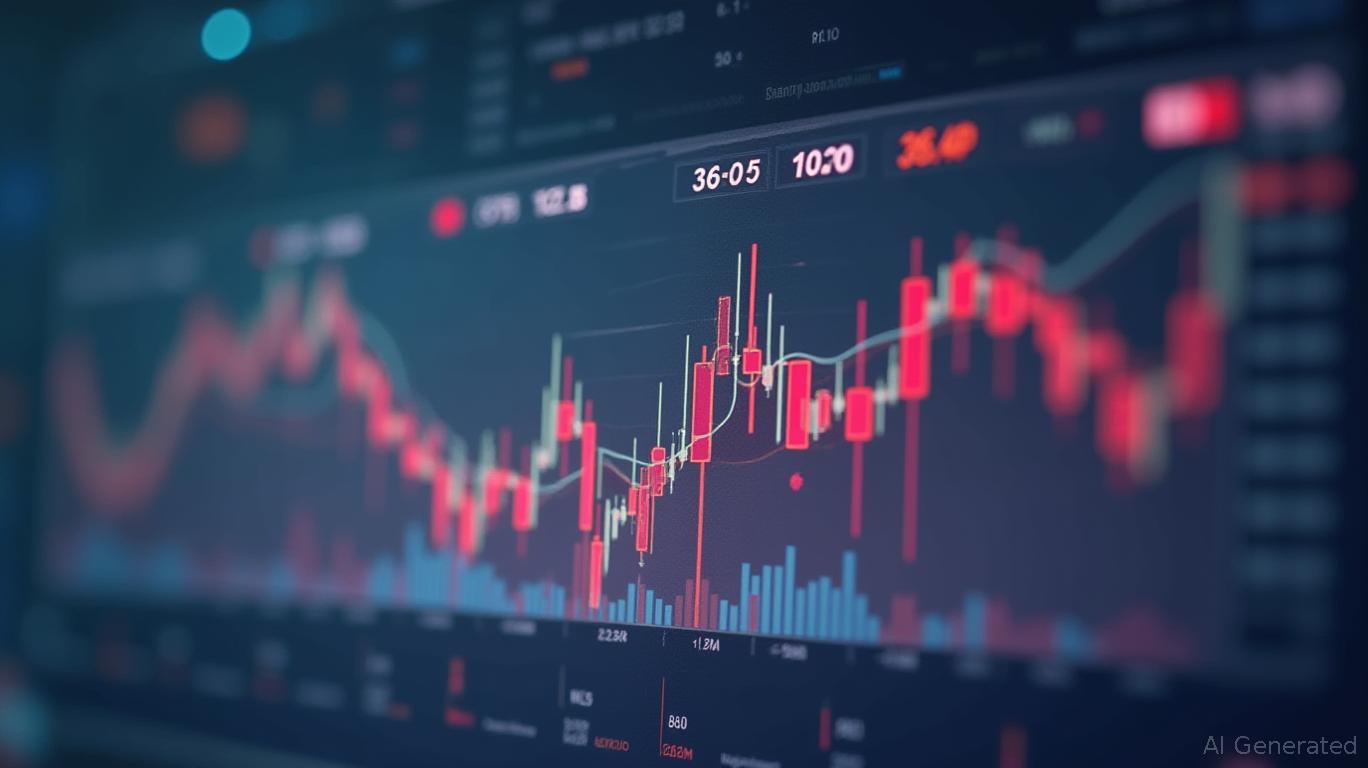The U.S. Market's Unwavering Ascent: Navigating Risk Amid Asia's Uneven Pulse
The U.S. stock market has defied
once again. Despite geopolitical tremors, energy price spikes, and global growth jitters, the S&P 500 and NASDAQ Composite hover near all-time highs. Yet, across the Pacific, Asian markets have stumbled. While the Nikkei 225 clawed back gains on yen weakness, the Shanghai Composite oscillated amid trade negotiations and policy uncertainty. This divergence raises a critical question: Is the U.S. market's resilience a sign of strength—or a mirage? And where does value lie in this uneven landscape?The U.S. Engine: Built for Volatility?
On June 23, 2025, the S&P 500 fell 1.13% to 5,976.97, its first significant drop in weeks, as fears over Israel-Iran tensions sent oil prices surging. Yet the market rebounded swiftly, a testament to its ability to shrug off short-term shocks. . The index's stability rests on a mix of Fed expectations, corporate resilience, and a stubborn optimism that central banks will cut rates to cushion any slowdown.
Consider
, whose shares soared 8% in early June after announcing cost-cutting measures, or , which surged on breakthroughs in solid-state battery tech. These stories highlight a market where innovation and fiscal discipline can outweigh macro risks. But is this broad-based? Or are investors overlooking cracks beneath the surface?Asia's Crossroads: Volatility as a Way of Life
The Nikkei 225's 1.26% rebound on June 23—driven by Advantest's 9.63% jump—masked deeper fragility. With a 3.86% year-to-date loss, Japan's benchmark remains the worst-performing major index globally.

China's Shanghai Composite, meanwhile, oscillated between 3,349 and 3,459 in June, reflecting its dual identity as both a growth engine and a political lightning rod. Trade talks between Japan and the U.S. over tariffs briefly lifted equities, but the index's 0.1% gain on June 26 was fragile, overshadowed by broader regional declines. The Hang Seng's 0.43% dip and South Korea's Kospi's 1.4% slide underscored Asia's uneven recovery.
The Risk-Reward Crossroads
Investors now face a stark choice:
Stay with U.S. Momentum?
The S&P 500's near-record highs suggest a market in love with liquidity and earnings resilience. But valuations are stretched. . If the Fed's pause on rate cuts backfires, or if oil prices remain volatile, this could reverse abruptly.Dive into Asian Value?
Asia ex-Japan index, which fell sharply in June, could rebound if trade tensions ease and currencies stabilize. Santos' 15% jump on a takeover bid shows pockets of opportunity. However, corporate governance risks and geopolitical flashpoints (e.g., Iran-Israel) amplify downside.
Asia's beaten-down markets offer discounts—but at a cost. TheHedge with the In-Between
or , could benefit from oil price swings. Meanwhile, gold—a classic safe haven—hit a near-two-month high as investors priced in geopolitical risk.
Energy stocks, like
A Pragmatic Playbook
The path forward demands balance:
- U.S. Exposure: Stay selective. Avoid overvalued tech giants and focus on companies with pricing power (e.g., Procter & Gamble) or secular tailwinds (e.g., cloud infrastructure).
- Asia's Edges: Use ETFs like MCHI (Shanghai Composite tracker) or EWJ (Japan) to gain diversified exposure, but keep allocations small unless volatility eases.
- Hedging: Pair equity bets with inverse ETFs (e.g., SRSX for S&P 500 volatility) or gold futures to offset downside.
Conclusion: Patience Pays, but Pick Your Battles
The U.S. market's resilience is no mirage—yet. Its staying power reflects both corporate agility and investor hope in Fed policy. But complacency is dangerous. Asia's volatility, while daunting, could be the proving ground for long-term winners. Investors should tread carefully, favoring quality over quantity and maintaining flexibility. In this era of extremes, the best strategy may be to anchor in stability while leaving a sliver of capital to chase the next wave of Asian resilience.
The markets are a pendulum—swing with them, but never let them pull you off balance.

Comments
No comments yet